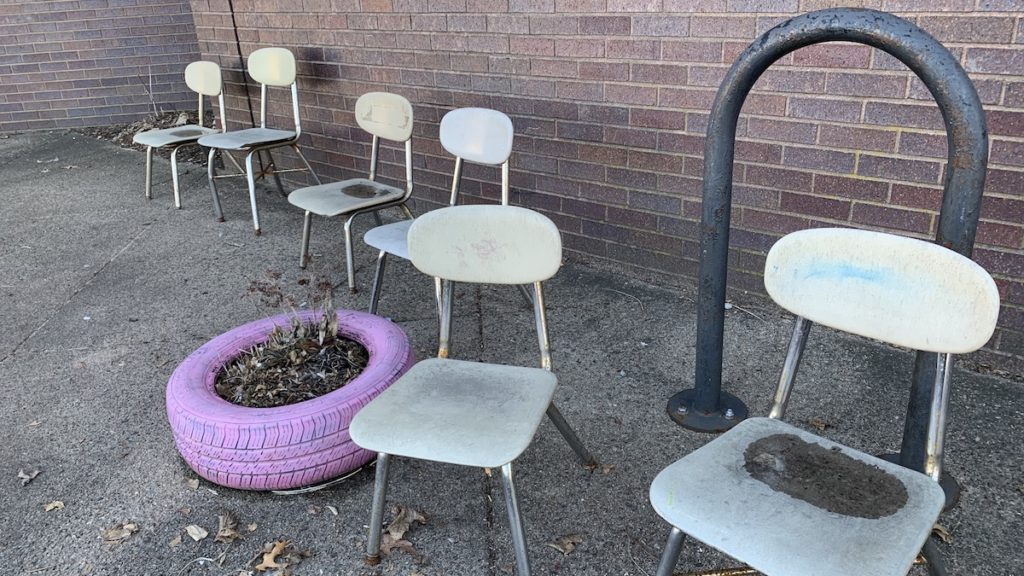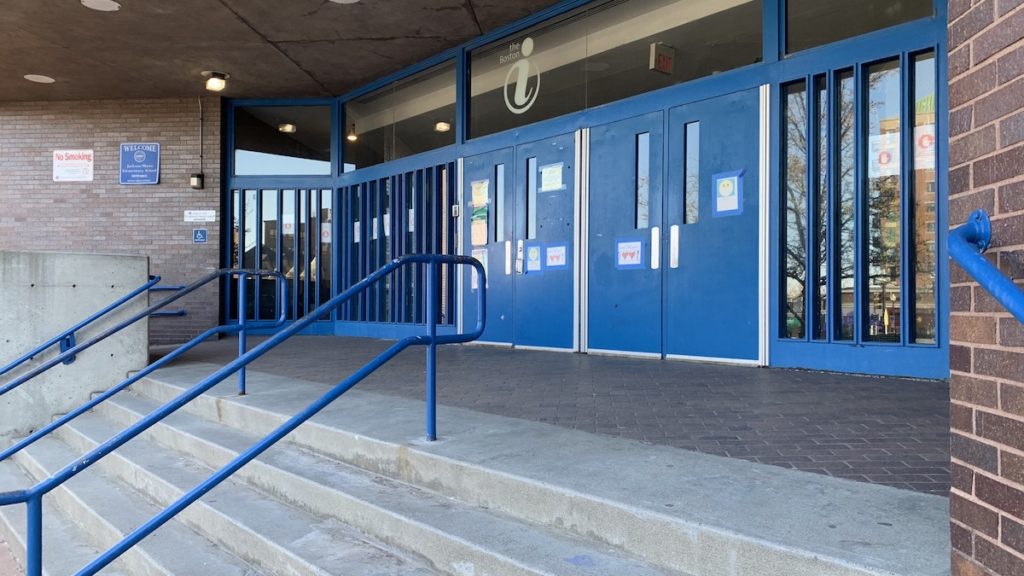Despite high ongoing COVID-19 infection rates across the city, Boston Public Schools and other districts across Massachusetts have been forcing teachers and students back to school.
Massachusetts Department of Elementary and Secondary Education Commissioner Jeffrey Riley originally mandated all elementary students and teachers return to school starting April 5, with support from Governor Charlie Baker. After pushback from educators, BPS was granted a waiver to start in-person learning April 26.
Boston teachers and staff have been faced with the constant threat of schools reopening under dangerous conditions throughout the past year. Liberation News spoke to members of the Boston Teachers Union about their struggle through the pandemic to this point, and their ongoing concerns as Massachusetts approaches reopening.
A full year of struggle
March this year marked the one-year anniversary of the first coronavirus emergency statewide closure of Massachusetts schools in 2020. BPS was slow to enforce this closure. Members of the Boston Teachers Union had to fight for student and staff safety against the resistant District and City Hall.
Initial demands were eventually met as schools transitioned to remote online learning, but the struggle continued. Since the start of the school year in September, there have been at least five revisions and additions to the Memorandum of Agreement between the union and the district.
Educators without support
In the summer of 2020, the district publicly announced their plans to reopen schools for the fall with little consideration for health and safety. Personal Protective Equipment was not distributed to educators. Air quality in school buildings was already inadequate prior to the pandemic. Safe transportation to and from school was not provided. Students still ate lunch unmasked with their classmates and teachers in the room.

“Many of my students are dealing with insufficient technology,” Charlestown High School teacher Cecil Carey told Liberation News. “For example, I have an amazing straight-A student who cannot turn her camera on or even unmute without lag. When I asked what her situation was, she revealed that she and her three siblings were sharing one BPS provided hotspot.”
Carey noted that the issue isn’t just technology. “Many students are serving as babysitters or caregivers for their siblings.”
The struggle with the district mandates extended beyond safety and logistics. “One of the biggest challenges at the start was the focus on testing,” Amrita Dani, a high school ESL teacher and member of the Boston Teachers Union, told Liberation News.
“We spent over a week trying to administer math and reading tests in the fall with many technological issues. Then the district decided that we should be testing students less. But we are still expected to plan for students to come into the building for testing over the next few months and administer standardized tests again later in the year. It is a waste of time, extremely frustrating for students, and not where our focus should be, particularly during a pandemic.”
Reopening against better judgement
On August 12, BTU members and supporters took to their cars for multiple rallies. Signs on their windows read, “No one is safe until we’re all safe” and “Mayor Walsh, a Remote Start is a SAFE START.” Roughly 50 cars made their way from Madison Park High School in Roxbury to Boston’s City Hall, where they held a socially distanced rally. Once there, they delivered their plan for a safe and remote start for the school year.
Teachers knew best what changes could have been implemented. “They’ve failed to provide the real relief working families need during this pandemic,” Carey argued. “What families need is rent relief, food, help with technology, additional staff to provide one-on-one support online. As for us teachers, [districts] need to stop with the shaming and surveilling. Invest in remote learning. Buy assistive technologies for students with disabilities. Ensure high-quality Chromebooks and WiFi for all learning … and treat us like professionals.”

When given the choice, students of color are mostly opting for remote learning, leaving teachers worried about education discrepancies.
Systemic solutions for systemic problems
“The focus on ‘returning to normal’ in the face of crisis is a continued theme in both school reopening and the United States,” Dani explained. “In a capitalist country, the drive for profit will always come before human lives. At our school, workers have a strong voice. Our staff has come together to do what we feel is right for our students. But under a capitalist system, we will continue to be forced into unsafe working conditions. A socialist system would allow us to prioritize what should matter — human life — and make societal decisions to provide for all people.”
For Carey, the district’s response to the pandemic “has shown me that one of the primary purposes of schooling from the perspective of the ruling class is to babysit young people so that their parents can work. The whole push to reopen has been about just that — they don’t want to keep the ‘economy shut down.’ They care more about stock market figures than working-class lives. Socialism would put health and safety first!”





